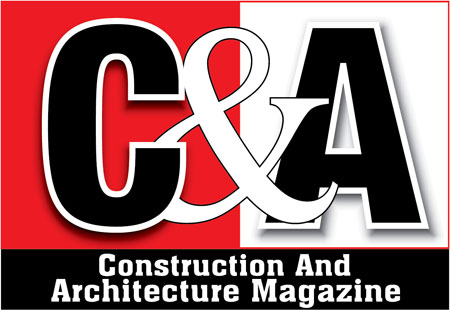India’s second largest flyover Mumbai’s Eastern Freeway dubbed an engineering marvel!
Mumbai’s Eastern Freeway which is dubbed an engineering marvel is one of the biggest achievement by the government. Mumbai’s Eastern Freeway from Orange gate to Panjarpol and Panjarpol to Ghatkopar which was opened to the public in July, 2013 not only gave an ease to the traffic woes but it also became the India’s second largest flyover. Over 25,000 vehicles commute from this eastern freeway daily. Construction & Architecture magazine take a look at some of the construction marvel of the country in our cover story. Mumbai’s Eastern Freeway is one of the project which we will be covering in our cover story.
Longest in an urban area
The Eastern Freeway elevated road is the longest such in an urban area in the country. The bridge have 313 pillars and 3,340 segments.
17-km freeway
The 17-km freeway is divided in three parts: the 9.29-km elevated road, the 4.3-km road-tunnel-flyover and an elevated 2.5-km flyover from Panjarpol till the Mankhurd-Ghatkopar Link Road (MGLR) via Govandi.
Traffic Decongestion
The eastern freeway is Mumbai’s most ambitious project in terms of traffic decongestion as the road decongest the entire eastern road corridor of the city which comprises of DrAmbekdar road, the P D Mello road and the Port road.
Elevated road from Orange Gate to Bhakti Park
The elevated road from Orange Gate to Bhakti Park (about 9.29 km) decongests Ambedkar Road, Port Road and P D’Mello Road.
Motorists towards Thane and Navi Mumbai and some on central suburbs always prefer the freeway.
14 km drive
The eastern corridor freeway, from Orange Gate in south Mumbai to Chembur, provides an uninterrupted 14-km drive.
Various entry-exit ramps
Nine sets of entry-exit ramps on Eastern Freeway, enables a signal-free 17-km drive between Orange Gate on PD’Mello Road and the Ghatkopar-Mankhurd Link Road.
Beneficiary
The Eastern Freeway help a large number of daily commuters between south Mumbai and the distant northern and eastern suburbs. MMRDA engineers said some vehicles from even the western suburbs might use the freeway via the existing Jogeshwari-Vikhroli Link road (JVLR) and the Sion-Dharavi road.
The Santa Cruz-Chembur Link road and the futuristic Eastern Express Highway-BKC connector may also help traffic from the western suburbs access the freeway smoothly.
The routes
South Mumbai traffic from Colaba, Nariman Point, Malabar Hills, Mumbai Central, Fort, Crawford, Tardeo, Masjid, Kalbadevi, Girgaum and Byculla will be able to access the freeway from the Orange Gate ramps on PD’Mello road via Sardar Patel road, Carnac bridge road, Yusuf Ali or Meher Ali roads.
Vehicles from Lalbaug, Parel, Jacob Circle, Chinchpokli and Currey Road will be able to use Reay Road ramps of the freeway via Dockyard and Victoria roads.
The routes
Traffic to and from Kings Circle, Matunga, Dadar, Sion, Wadala, Five Gardens and areas beyond like Prabhadevi and Worli can take the ramps at Sewri-Wadala-Chembur road towards Barkat Ali junction.
Vehicles travelling from the Sewri Nursing home area towards Rafi Ahmed Kidwai road (or PD’Mello road) and Chaar Rasta and vice versa can also use these ramps.
Partly funded by JNNURM
The project worth Rs 1200 crore has been partly funded by the centre under the Jawharlal Nehru National Urban Renewal Mission (JNNURM).


